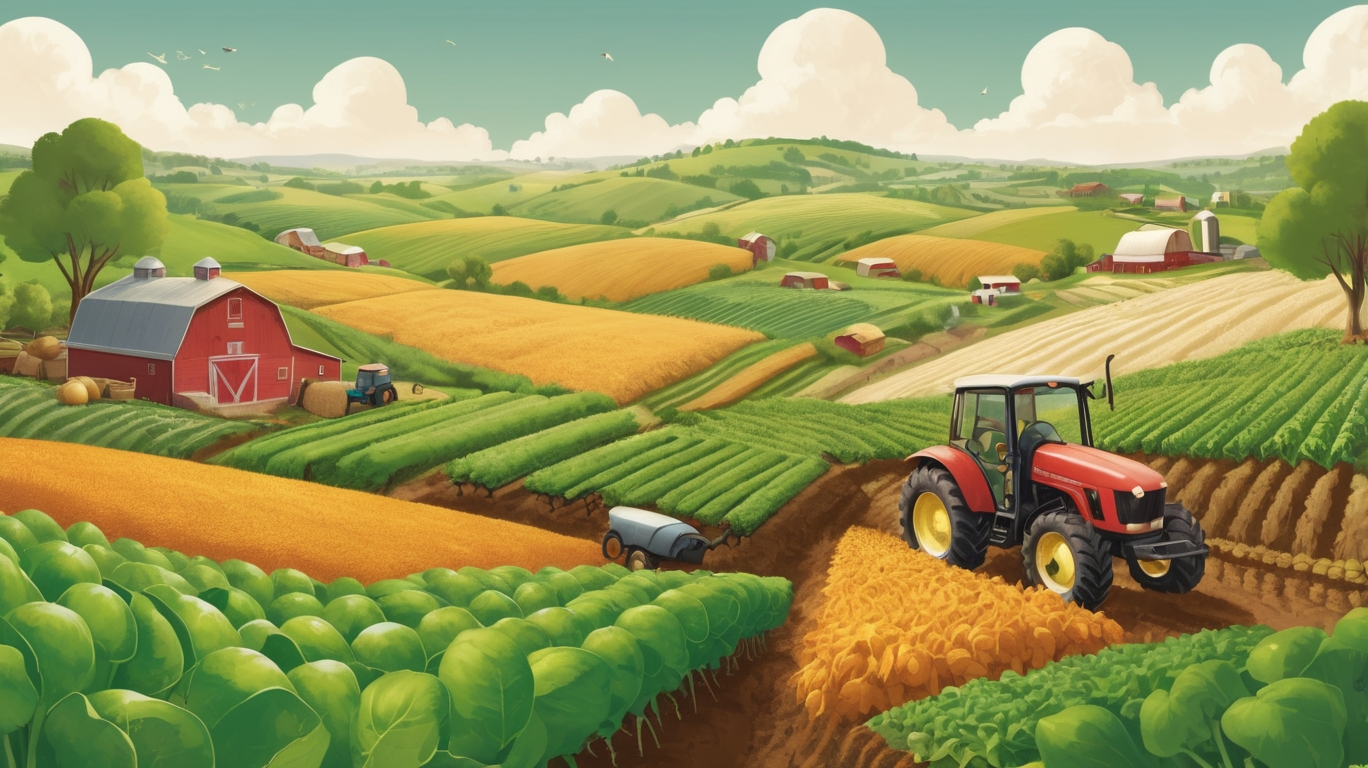The Economics of Organic Farming: A Balanced Perspective
In recent years, organic farming has moved from a niche market to a significant segment of global agriculture. While many consumers choose organic products for health or environmental reasons, the economic implications of organic farming are equally important. Understanding the costs, benefits, and challenges of organic agriculture can help farmers, policymakers, and consumers make informed decisions.

The Costs of Organic Farming
Transitioning from conventional to organic farming involves upfront investments and ongoing expenses. Farmers must adhere to strict certification standards, which may require:
- Certification fees – Obtaining and maintaining organic certification can be costly, especially for small-scale farmers.
- Labor intensity – Organic farming often relies more on manual labor for weed and pest control, increasing operational costs.
- Lower initial yields – During the transition period (typically three years), yields may drop before soil health improves.
- Higher input costs – Organic fertilizers and pest control methods can be more expensive than synthetic alternatives.
Despite these challenges, many farmers find that the long-term benefits outweigh the initial costs.
The Financial Benefits of Organic Farming
While organic farming can be more labor-intensive, it also offers several economic advantages:
Premium Pricing
Organic products typically sell at higher prices than conventional ones. Consumers are often willing to pay a premium for food perceived as healthier or more sustainable, improving farmers’ profit margins.
Reduced Input Costs Over Time
Organic farming minimizes reliance on expensive synthetic fertilizers and pesticides. Instead, it emphasizes crop rotation, composting, and natural pest management, which can lower long-term production costs.
Soil Health & Longevity
Healthy, organic soil retains water better, resists erosion, and maintains fertility over time. This reduces the need for costly interventions and ensures sustainable productivity for future seasons.
Government Incentives & Market Demand
Many governments offer subsidies or grants to support organic farming transitions. Additionally, the global organic food market continues to grow, providing farmers with expanding opportunities.
Challenges in the Organic Sector
Despite its benefits, organic farming faces economic hurdles:
- Market volatility – Organic price premiums can fluctuate based on supply and demand.
- Scaling difficulties – Large-scale organic farming requires careful management to maintain soil health without synthetic inputs.
- Consumer skepticism – Some buyers remain unconvinced of organic benefits, limiting market penetration in certain regions.
A Sustainable Future for Organic Farming?
The economics of organic farming present both opportunities and obstacles. While initial costs and labor requirements can be high, the long-term benefits—such as soil sustainability, premium pricing, and reduced chemical dependency—make it a viable option for many farmers.
As consumer demand for organic products grows and agricultural policies evolve, organic farming may become an increasingly attractive economic model. For now, farmers must weigh the pros and cons carefully, considering their resources, market access, and long-term goals.
In the end, organic farming isn’t just about economics—it’s about balancing profitability with environmental stewardship. And for many, that balance is worth the investment.